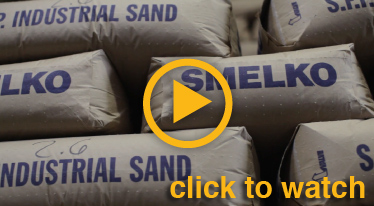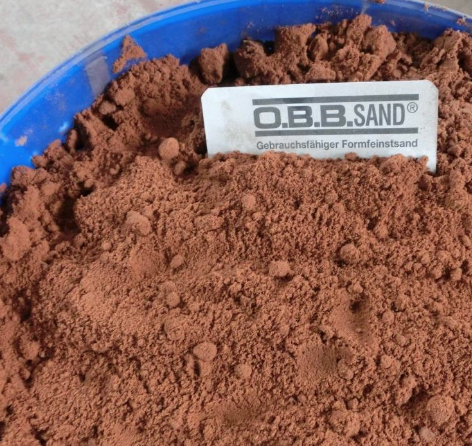Petrobond
For greater precision use… Petrobond
You get smoother finishes and closer tolerances in aluminum, magnesium, bronze silicon bronze, manganese bronze, and brass castings when you use Petrobond.
Why use Petrobond?
– Foundrymen using Petrobond bonding agent are obtaining greater precision in their castings
– Petrobond sands are reusable again and again ith only infrequent re-mulling and re-bonding, resulting in greater profits.
– Petrobond is a formulated bonding agent, bonding sand with oil instead of water
– Less gas is formed permitting use of finer sands with lower permeability. Petrobond gives a finer finish.
– Petrobond produces near die cast quality casting with green sand practice.
– Petrobond is ideal for limited run or one-of-a-kind casting.
The History of Petrobond
Producing precision castings using equipment and skills found in green sand foundries. Die casting requires high volumes and continuing markets. Water bonded sands just did not give the finish required.
The key to its success is the use of oil as the tempering agent instead of water. The excellent reducing atmosphere results in an exceptional finish. Additionally, water expands to 80 times its original volume when turning into steam, while oil develops a much lower volume increase when vaporizing. This allows the use of fine sands without the problems associated with reduced permeability.
Petrobond (O.B.B. – Sand “S”)
O.B.B.-Sand “S” is an oil-bonded moulding sand. It is delivered ready for use and does not dry out. Its high green strength permits the most arduous moulding conditions while maintaining absolute dimensional and contour accuracy.
Application
The first layer of sand should be sieved on the pattern and be pressed on slightly. The moulding box can then be filled up with unsieved sand. Do not add water or coatings.
Special Characteristics
Beside the standard quality it is possible to produce sands with either a higher or lower flowability. For higher flowability grade O.B.B.-Sand “SM”, or lower flowability Grade O.B.B.-Sand “SF”). There are two different ways for using our O.B.B.-Sand. Either our sand is used only for the first layer, then it will mix with the usual moulding sand and can not be recovered. Or our O.B.B.-Sand is used as a unique sand, it is then possible to reclaim the sand with O.B.B.-Oil and -Paste.
Properties
Compression strength (g/cm²) 1250
Shear Strength (g/cm²) 400
Permeability of gas 13
Flowability 27-37
Grain fineness (AFS) 220
Average grain size (mm) 0,07
Storage
Atleast 1 year in closed bags. Physical or colour alterations may occur by solar radiation and/or admission of air.
Packing
50-kg bags
Petrobond (O.B.B.- Sand Reclamation)
All our O.B.B.-Sands can be reclaimed providing they have been used as a unique sand i.e. not being mixed with normal moulding or core sand.
Reclamation of oil-bonded sands
The reclamation of oil-bonded sands depends on how much burn out has taken place. In most cases the sand is only used once therefore reclamation is not necessary: In this case a sand aerator should be used to improve workability. If the sand is used several times, depending upon wall thickness or castings, it will lose its plasticity and/or its compression strength. In this case the sand should be reclaimed in mill or core sand mixer.
To recover plasticity: add approx. 0,1% O.B.B.-Oil
To recover compression strength: add approx 0,1% O.B.B.-Paste
Use a short mixing time in the mill or core sand mixer: approx. 2 min. An optimum loosening results from additional use of a sand aerator.
Packing
O.B.B. – Paste buckets 5kg/10kg
O.B.B. – Oil cans 5kg/10kg
All information given is accurate to the best of our knowledge but the user must conduct his own tests with regard to the product’s suitability. Applications, use and processing are outside of our control and must therefore be exclusively the responsibility of the end user.


